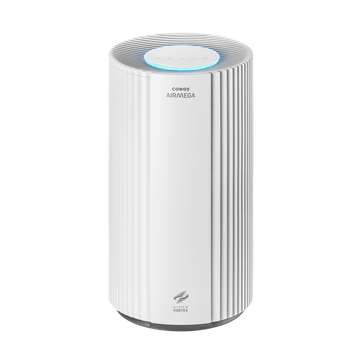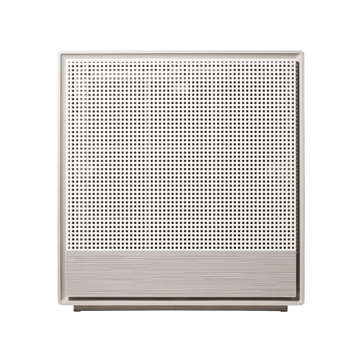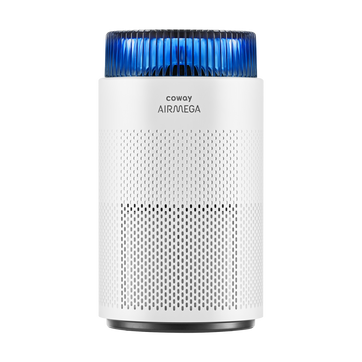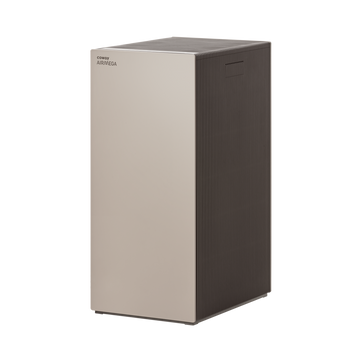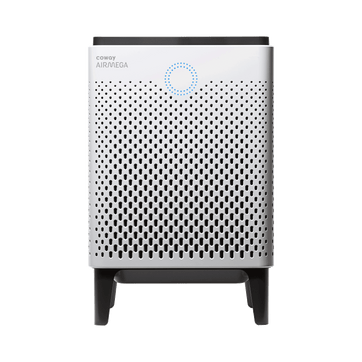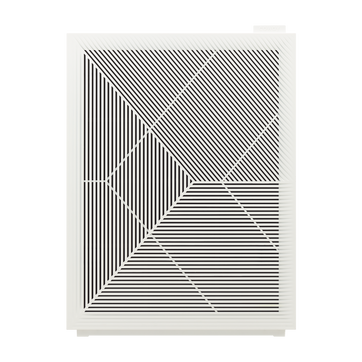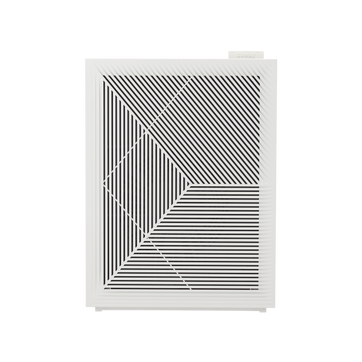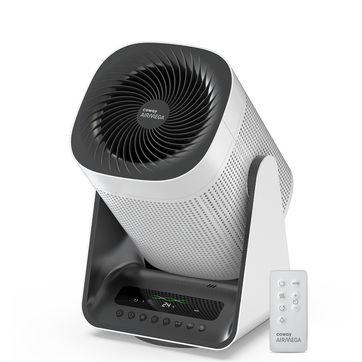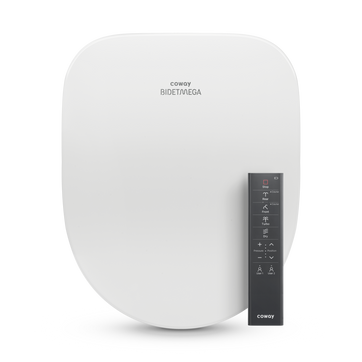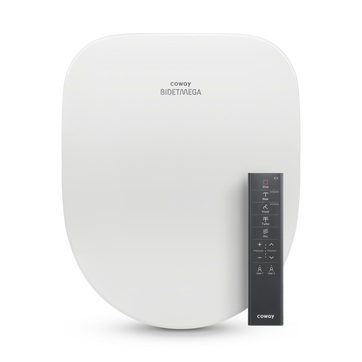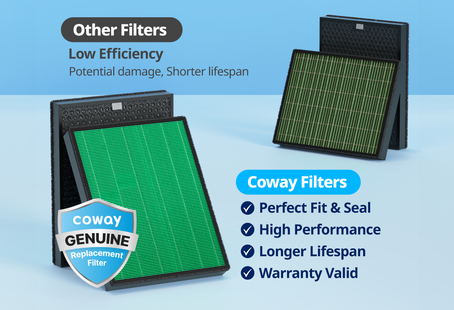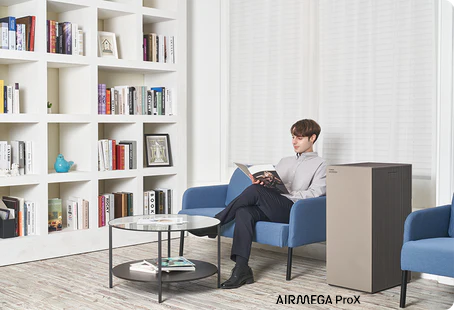
Allergen of the month: Christmas trees
As the holiday season quickly approaches, for this Allergen of the Month entry we take a closer look at Christmas trees.
Although Christmas trees are festive and fun, as well as fresh-smelling in the home, they may not be as innocent as they look. As published in the “Annals of Allergy, Asthma and Immunology,” natural Christmas trees can carry microscopic mould spores, which can lead to asthma and allergic reactions, putting a damper on your holiday spirit. The affliction even has a term: Christmas Tree Syndrome and is most concerning for those with acute asthma and allergies. Luckily, there are ways to continue to enjoy this year’s tree while minimizing not-so-fun allergies.
Fast facts
• Christmas trees can carry up to 50 types of mould
• They can increase the amount of mould spores in your living space by as much as six and a half times
• Mould will continue to increase while the tree is in your home and reduce once the tree is removed
• Sneezing, watery eyes, an itchy nose and an increased incidence or severity of asthma can be symptoms of allergies caused by Christmas trees
How to prevent Christmas tree allergies
As suggested by doctors and the American Christmas Tree Association, below are some tips to reduce the risk of asthma attacks and allergies for sufferers during the holiday season.
• Keep a live Christmas tree in your home for a limited time. Four to seven days is suggested.
• Clean your tree before bringing it inside by rinsing it with a hose, and leaving it to dry before bringing it into your home.
• Purchase an artificial tree, but note, even these can accumulate allergenic debris like dust and mould over time, and some artificial trees may also contain VOCs.
• Use an air purifier like Airmega, which has duel HEPA filters that removes 99.97 percent of particulate matter to decrease mould spores in your home.
Disclaimers
1Coway air purifiers has been proven to trap dust, pollen, dander, viruses and bacteria in the air based on KCL (Korea Conformity Laboratories) testing.They have been tested in a 30㎥ size chamber according to the Korea Air Cleaning Association standard (SPS-KACA 002-132:2022 Modified) to measure the 0.01㎛ size of particle removal rate. It was tested on maximum airflow speed in normal room temperature and humidity conditions. The performance may vary in the actual living environment of customers.
→ Tested with Airmega Aim, 150, 160, AP-1216L, AP-1512HH, AP-1512HHS, 200M, Icon, IconS, 230, 240, 250, 250 Art, 250S, 300, 300S, 400, 400S, ProX
299.97% of viruses, bacteria, fungi and pollen were verified to be removed from the air for Coway air purifiers which have Green True HEPA™ filter applied based on the Japan Food Research Laboratories(JFRL) testing according to JEM 1467 standard.
→ Tested with Coway Airmega AP-1512HH, AP-1512HHS, 250, 250 Art, 250S, 300, 300S, 400, 400S
→ All tested by JFRL and received above result within below time.
All tested by JFRL and received above result within below time.
- Virus: Tested with Escherichia coli phage ΦX174 NBRC 103405, 60 minutes
- Bacteria: Tested with Staphylococcus epidermidis NBRC 12993, 60 minutes
- Fungi/Mold: Tested with Penicillium citrinum NBRC 6352, 60 minutes
- Pollen: Tested with Cedar Pollen extract, 60 minutes
3Aerosol test conducted in a Biosafety level 3 laboratory with two Coway air purifier models, Coway Airmega 250 and 400 for removal of SARS-CoV-2 Aerosol by US based MRI Global, a not-for-profit laboratory and partner of US Department of Defense. The test was conducted in a 13.1ft3 chamber. Virus was aerosolized for 15 minutes and the product was turned on high for 2 minutes. Result showed each product effectively removed over 99.98% of the SARS-CoV-2 in 2 minutes. This is a result from a laboratory experiment condition and result may vary in different conditions. This result does not imply it kills SARS-CoV-2 or prevents the transmission of Covid-19. Coway Airmega 250S and 400S are identical to the tested models and has equal performance with an additional mobile connectivity function.
4The concentration of ammonia, acetaldehyde and acetic acid were proven to be removed within 30 minutes by FCG Research Institute, Inc. Human Life Science Lab. It is not a demonstration result in the actual use space. Not all odors and gases may be supported. → Tested with Coway Airmega 150, 160, AP-1512HH, AP-1512HHS, 400, 400S
5The coverage area of the air purifier is based on an area where the air cleaner can make two air changes per hour (ACPH). An air change per hour translates to how many times an air purifier can clean an area, assuming the height of a ceiling to be 8 ft, in one hour. Therefore ** means two air changes per hour means that the cleaner can clean the area once every 30 minutes and * means air changes per hour means that the air purifier can clean the area once every 60 minutes.
10Terms and conditions apply. Discounts, including promotions, coupons, bundle discount and subscription discount, cannot be stacked on top of other coupons. During promotional periods, discount codes will not be able to be applied to orders. Promo codes may apply to products only—filters, accessories, and new products within 3 months of the release date are not included.
